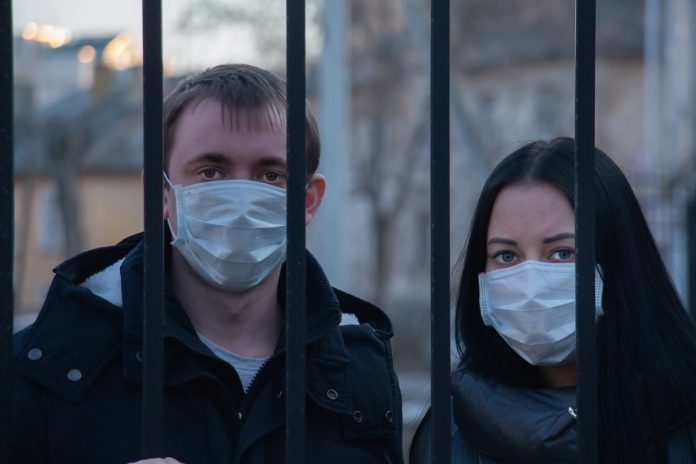Months after having overcome the coronavirus, some people may continue to have symptoms. This was revealed by a survey by the Spanish Society of General and Family Physicians (SEMG). The prolonged fight against crushing fatigue, lung damage and headaches is known as “long COVID”, “persistent” or “prolonged”.
Since the beginning of the pandemic, scientists had begun to notice that some people who no longer had COVID-19 still suffered from some distinctive signs of damage. On Wednesday, November 11, the SEMG published the results of a survey that confirmed that the coronavirus can go away, but – even several months after having tested negative for PCR or serological tests – its consequences persist in many people. The prolonged illness affects your chores incredibly.
The survey also revealed that the profile of the affected people is very different from the people who overcame the disease in two or three weeks: the majority are middle-aged women, with no previous illness. Few passed through the hospital.
“A 43-year-old woman, who has had persistent symptoms of COVID-19 for more than 185 days after being infected with the disease in the first wave of the pandemic”, this is the most common profile, highlights the SEMG.
What are the symptoms?
The SEMG recorded more than 200 persistent symptoms that fluctuate over time, with an average of 36 symptoms per person. The most frequent symptoms were:
- Tiredness / asthenia: 95.91%.
- General malaise: 95.47%.
- Headaches: 86.53%.
- Low mood: 86.21%.
- Muscle pain or myalgia: 82.77%.
- Shortness of breath or dyspnea: 79.28%.
- Joint pain: 79.06%.
- Lack of concentration / attention deficit: 78.24%.
- Back pain: 77.70%.
- Chest pressure: 76.83%.
- Anxiety: 75.46%.
- Low-grade fever: 75%.
- Cough: 73.2%.
- Memory failures: 72.63%.
- Neck / cervical pain: 71.32%.
- Diarrhea: 70.83%.
- Chest pain: 70.12%.
- Palpitations: 69.85%.
- Dizziness: 69.36%.
- Tingling in the extremities or paresthesia: 67.28%.
In terms of organ involvement, 50% of respondents have seven affected areas, the most common being:
- General symptoms: 95%.
- Neurological disorders: 86%.
- Psychological / emotional problems: 86%.
- Musculoskeletal problems: 82%.
- Respiratory problems: 79%.
- Digestive disorders: 70%.
- Cardiovascular alterations: 69%.
- ENT alterations: 65%.
- Ophthalmological alterations: 56%.
- Dermatological disorders: 56%.
- Coagulation disorders: 38%.
- Nephrourological alterations: 25%.
Among the consequences of prolonged symptoms, SEMG highlights “a notable inability to carry out activities of daily living.” For example, 30.43% of those surveyed find it difficult or impossible to clean or groom personally; 67.99% carrying out home activities; 72.52% work outside the home; 70.12% struggle to meet daily family obligations and 74.65% have an effort or impossible leisure with friends and others.
The survey was carried out on more than 2,120 Spaniards who had had COVID-19 between July 13 and October 14, 2020. Of the total number of respondents, 1,834 are patients with symptoms compatible with persistent or long-lasting COVID-19, with an average of 36 symptoms per person. Half of the patients were between 36 and 50 years old and came from the Autonomous Communities of Madrid (35%) and Catalonia (30%), which were the worst hit at the beginning of the pandemic.
